Becoming a parent is filled with joy, but it can also bring unexpected concerns. One such condition that often worries parents is clubfoot. This is a congenital (present at birth) deformity where a baby’s foot is twisted inward or downward, making it look different from a normal foot.
The good news? With early detection and proper treatment, most babies with clubfoot grow up to walk, run, and play just like other children.
What Is Clubfoot?
Clubfoot (medical term: congenital talipes equinovarus) is a condition where one or both feet are turned inward. The affected foot may look smaller than usual, and the calf muscles may appear underdeveloped.
It is one of the most common congenital foot deformities, affecting about 1 in every 1,000 babies.
Causes of Clubfoot
While the exact cause is unknown, factors may include:
- Family history of clubfoot.
- Abnormal position of the baby in the womb.
- Problems with muscle or nerve development during pregnancy.
Clubfoot is not caused by anything the mother did or didn’t do during pregnancy.
Why Early Detection Matters
Early diagnosis — often made right at birth or even during a prenatal ultrasound — is critical. Starting treatment in the first few weeks of life gives the best outcomes because a newborn’s bones and joints are soft and flexible, making correction easier.
Treatment Options for Clubfoot
1. Ponseti Method (Most Common & Effective)
- Involves gentle manipulation of the foot.
- Weekly casting to gradually correct the deformity.
- In many cases, a small procedure called a tenotomy (to release the tight Achilles tendon) is needed.
- After correction, babies wear braces (special shoes) to prevent recurrence.
2. French Functional Method
- Daily physical therapy, stretching, and taping to guide foot development.
- Requires consistent commitment from parents.
3. Surgery (Rarely Needed)
- Reserved for severe cases where casting and bracing do not work.
- Modern medicine prefers non-surgical correction whenever possible.
Role of Physiotherapy
Physiotherapy supports long-term success after correction. Through guided exercises, physiotherapists help:
- Strengthen foot and leg muscles.
- Improve flexibility and movement.
- Prevent recurrence of deformity.
- Build confidence in walking as the child grows.
Outlook for Children with Clubfoot
With proper and timely treatment, over 95% of children with clubfoot can walk normally. They can participate in sports, lead active lives, and achieve their full potential.
Conclusion
Physiotherapy is an essential component of post-deformity correction care. It not only facilitates physical recovery but also boosts confidence and quality of life for patients. A well-structured rehabilitation plan, under the guidance of an experienced physiotherapist, ensures long-term success and prevents recurrence of deformities.
For expert guidance and physiotherapy services, consult Dr. Nargesh Agrawal at +91 88517 77145 or visit www.childorthocare.online.






